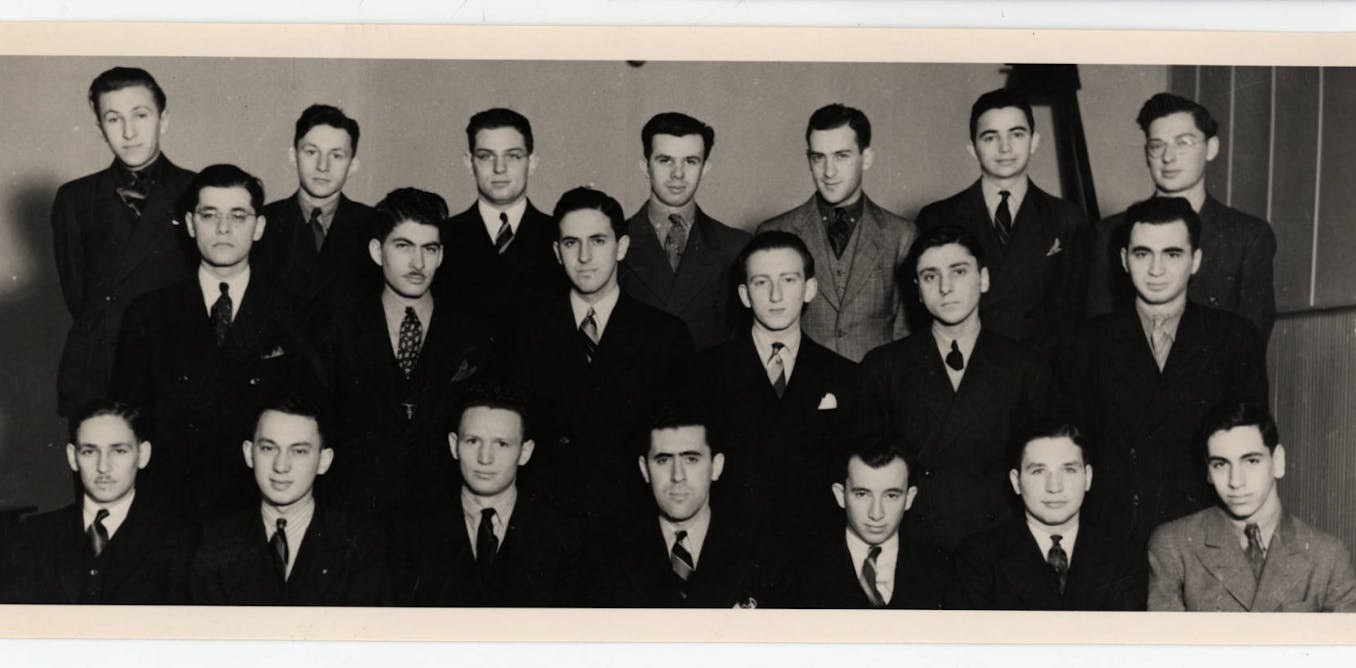Education
5 questions after the NCAA’s $2.75B settlement to pay college athletes
As part of a US$2.75 billion class action settlement struck in May 2024 between former student-athletes and several dozen universities involved in big-time sports, schools will be allowed to pay future players with something more than scholarships. They can give them cash.
That’s about all we know. The rest is uncharted territory. There are many more questions than answers.
In House v NCAA, about 14,000 former college athletes enrolled between 2016 and 2020 sued over lost opportunities and profits in the era before 2021. That’s the year that the NCAA changed its rules to permit active student-athletes to make money off their name, image and likeness – referred to as NIL.
The plaintiffs in House argued that they, too, should have been permitted to profit off their NIL and sued for a share of money that schools and leagues made off them.
The NCAA is settling the lawsuit by promising to pay $2.75 billion out over the next 10 years. Also, the league will allow the 57 universities that make up the Power Five – that is, the Atlantic Coast, Big Ten, Big 12, Pacific-12 and Southeastern conferences – to spend roughly $20 million a year paying student-athletes.
As professors of sport management at the University of Michigan, we predict a complicated road of controversy and further litigation ahead. A federal judge must still sign off on this deal, and that could take months.
“This landmark settlement will bring college sports into the 21st century, with college athletes finally able to receive a fair share of the billions of dollars of revenue that they generate for their schools,” Steve Berman, a plaintiff attorney, said in a news release.
Still, the future in this unprecedented new world of paid student-athletes is impossible to know. In fact, the actual settlement itself has yet to be published.
The answers to these five questions, then, will determine what it all means:
1. What impact will the $2.75 billion payout have?
The settlement calls for the NCAA to pay the plaintiffs 40% of that sum and the schools to handle the remainder. For its part, the NCAA says it will deduct the money from the payments it gives to universities from profits on TV and merchandising deals, among other areas.
That means university athletic departments will receive less revenue and pay out their share at the same time. As a result, they’ll have less money.
Among things we don’t know:
- How will they make up the difference?
- Will they reduce staff or freeze planned construction or upgrades to sports facilities?
- Will they cut sports – men’s wrestling is one often discussed – that don’t produce revenue?
2. How does Title IX play into how athlete pay is spent?
The NCAA says each school has discretion on how to spend that money.
But, presumably, these athletics departments will find themselves in uncharted territory regarding Title IX, the federal law that guarantees equal opportunity for men and women in college sports. Will schools feel the need to split the financial compensation equally between men’s and women’s sports to avoid running afoul?
Until now, the Title IX balance has been struck by providing equal numbers of athletic scholarships to each sex. Schools will need to find a new balance or risk further litigation.
Again, much remains unclear. Will schools give their allowed spending only to the highest-profile athletes in the highest-profile sports? Or perhaps, in anticipation of stars making big money in NIL deals, they could shower money on student-athletes in less prominent sports.
3. Is $20 million just a starting point?
The agreement in House dictates that the Power Five schools share about 22% of revenue from media rights with athletes – a portion that has been estimated to be about $20 million per year right now.
Athletes in the NFL and NBA receive about 50% of the sport-related revenues. Will student-athletes settle for less?
Further litigation seems assured. Student-athletes playing now, in the future and even pre-2016 are bound to challenge being bound by a class action lawsuit that did not involve them.
4. How will student-athletes bargain?
Student-athletes have been trying to unionize for years. The men’s basketball team at Dartmouth University voted in March 2024 to form a bargaining unit within the Service Employees International Union, although the school continues to legally fight that.
This new world of paid student-athletes makes more unionization inevitable. But will it be sport by sport? School by school? Conference by conference?
And, also, will students be able to strike?
5. What role will booster clubs and collectives play now?
In 2021, when student-athletes started being able to profit off their NIL, an industry rose up to help facilitate marketing deals and find other ways to provide money to players. At Michigan, for example, several Football stars who might have left school for the NFL after the 2022-23 season were persuaded to return by the promise of payments out of a $135,000 sum raised by fans for the “One More Year Fund.” Michigan went on to win the national Football championship in 2024.
Up until now, such groups, known as “collectives,” operated independent of the university. It’s unclear whether that continues, though, especially when the settlement in House may create budget gaps.
If athletes are compensated directly by universities, will money from boosters and fans still flow into capital projects and general athletic expenses? Or at some point, can it just go straight to the athletes?
Boosters and fans usually want one outcome for their school: winning games. If the choice becomes signing a five-star quarterback or renovating a swim team locker room, the former is likely to triumph most of the time.
-
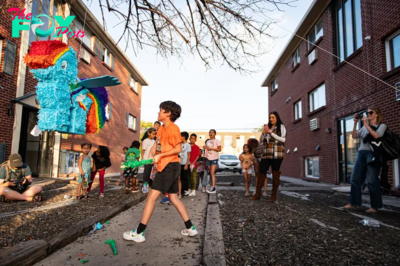
 Education3d ago
Education3d agoColorado schools commit to protecting students ahead of potential mass deportation
-

 Education1w ago
Education1w agoMothers, metaphors and dyslexia: What language reveals about the challenges of a child’s learning disability
-

 Education1w ago
Education1w agoBrain-training games remain unproven, but research shows what sorts of activities do benefit cognitive functioning
-
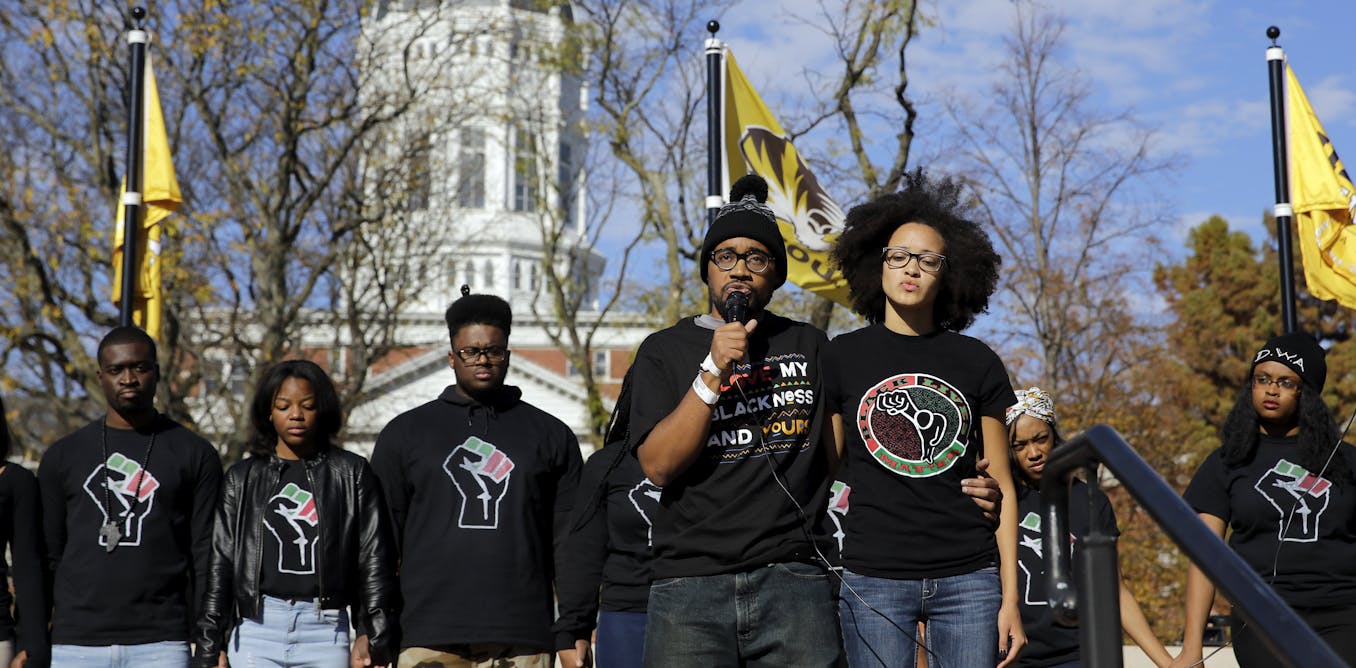
 Education1w ago
Education1w agoRacism is such a touchy topic that many US educators avoid it – we are college professors who tackled that challenge head on
-

 Education1w ago
Education1w agoHere’s what happens when a school is located near a cannabis dispensary
-
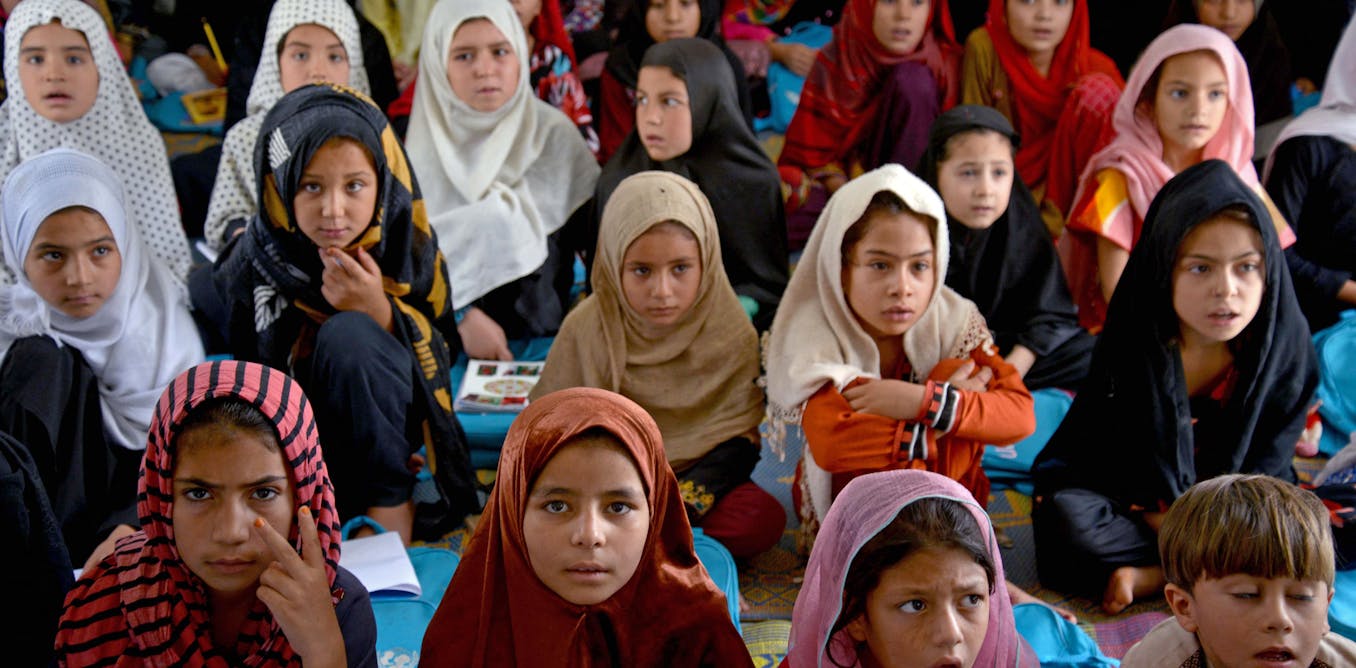
 Education1w ago
Education1w agoHow the Taliban are seeking to reshape Afghanistan’s schools to push their ideology
-
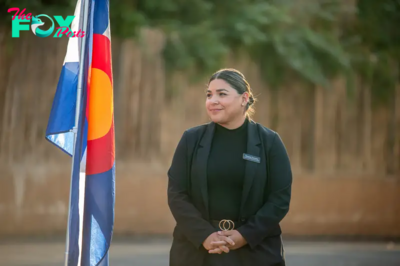
 Education1w ago
Education1w agoState Board of Education keeps pro-charter school bent after Republican wins 8th District race
-
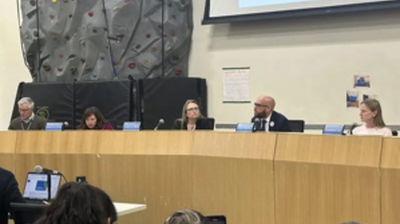
 Education1w ago
Education1w agoDenver Public Schools superintendent proposes closing these schools at the end of the school year




